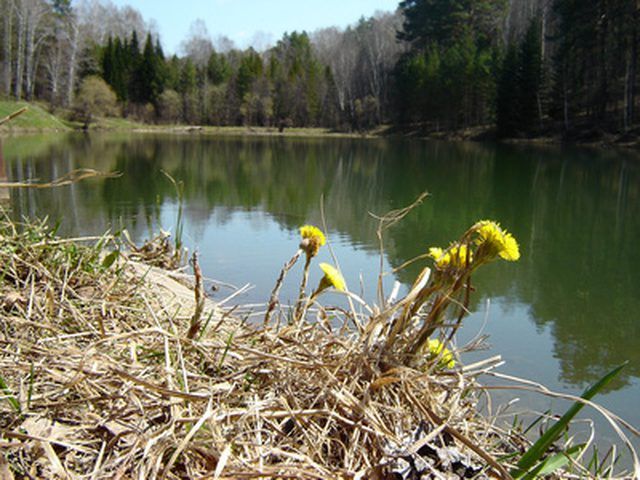Bulbs
Flower Basics
Flower Beds & Specialty Gardens
Flower Garden
Garden Furniture
Garden Gnomes
Garden Seeds
Garden Sheds
Garden Statues
Garden Tools & Supplies
Gardening Basics
Green & Organic
Groundcovers & Vines
Growing Annuals
Growing Basil
Growing Beans
Growing Berries
Growing Blueberries
Growing Cactus
Growing Corn
Growing Cotton
Growing Edibles
Growing Flowers
Growing Garlic
Growing Grapes
Growing Grass
Growing Herbs
Growing Jasmine
Growing Mint
Growing Mushrooms
Orchids
Growing Peanuts
Growing Perennials
Growing Plants
Growing Rosemary
Growing Roses
Growing Strawberries
Growing Sunflowers
Growing Thyme
Growing Tomatoes
Growing Tulips
Growing Vegetables
Herb Basics
Herb Garden
Indoor Growing
Landscaping Basics
Landscaping Patios
Landscaping Plants
Landscaping Shrubs
Landscaping Trees
Landscaping Walks & Pathways
Lawn Basics
Lawn Maintenance
Lawn Mowers
Lawn Ornaments
Lawn Planting
Lawn Tools
Outdoor Growing
Overall Landscape Planning
Pests, Weeds & Problems
Plant Basics
Rock Garden
Rose Garden
Shrubs
Soil
Specialty Gardens
Trees
Vegetable Garden
Yard Maintenance
Backswimmer Life Cycle
Backswimmer Life Cycle. There are about 30 different species of the insects known as backswimmers. These native North American bugs usually complete their life cycle in about 6 months, making for two generations a year. After hatching from their eggs, backswimmers go through several periods of growth before emerging as adults.

There are about 30 different species of the insects known as backswimmers. These native North American bugs usually complete their life cycle in about 6 months, making for two generations a year. After hatching from their eggs, backswimmers go through several periods of growth before emerging as adults.
Eggs
Female backswimmers lay their eggs on or around the stems of underwater plants. The eggs are elongated in shape and white in color. Some species of backswimmer inject their eggs into holes they bore into underwater plant stems. The backswimmer eggs hatch after several weeks and will have red eyes and white bodies.
Instars
Backswimmers undergo several growth stages from the time they hatch from their eggs to the time they are adults. These stages, during which the backswimmer molts and grows, are called "instars." Backswimmers undergo five instars that last about 7 to 14 days each.
Nymphs
From the time backswimmers hatch from their eggs to the time that the backswimmers undergo their final instar stage, they are known as "nymphs." While adult backswimmers feed on different types of aquatic insects, backswimmer nymphs are cannibalistic, often feeding on other nymph backswimmers.
Adults
Adult backswimmers usually appear around the month of July. During this time they'll live up to their name by swimming upside-down. According to a Texas A&M study, the backswimmer will use its long hind legs as oars. They will also adopt a counter shade, with the upper half of the body being lighter than the bottom half. This gives the insect an advantage when it's swimming upside down since it's harder for predators to see it. Males are thought to use a stridulatory apparatus on their body in order to attract female backswimmers during the insect's lone breeding season.
Old Age
Adult backswimmers usually top out at a measurement between 4 to 10 mm in length. They only live a couple of months, often dying soon after mating and laying eggs.